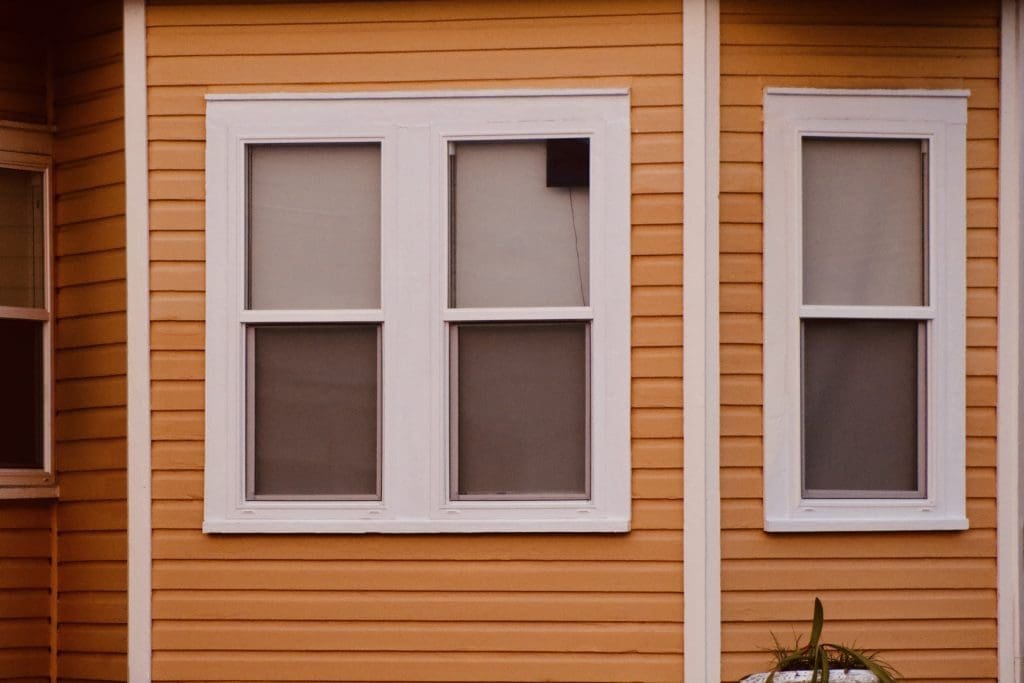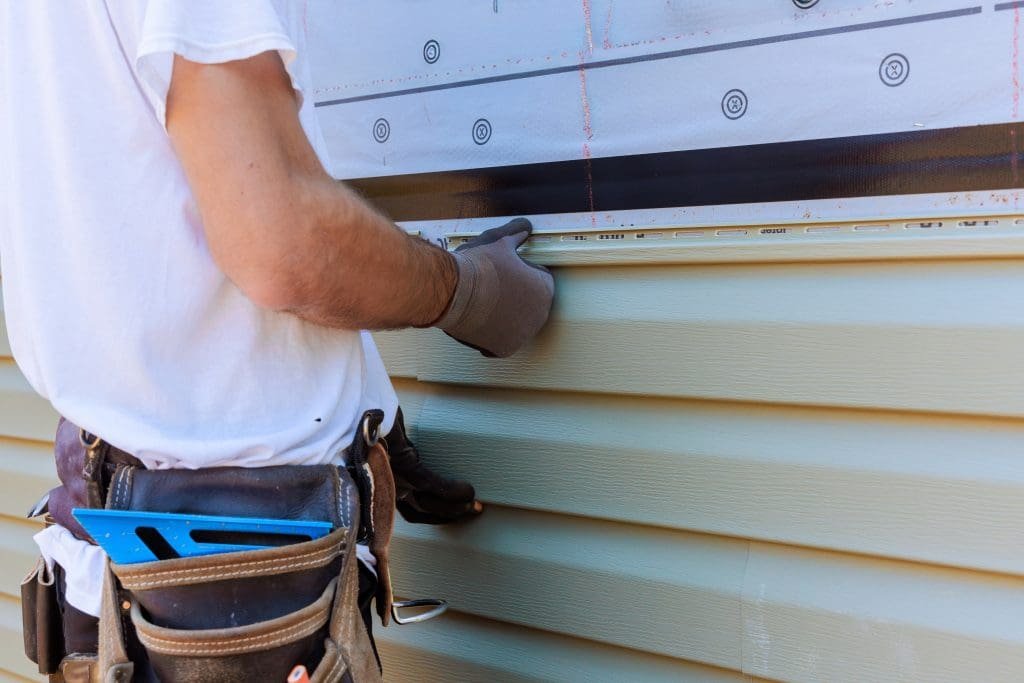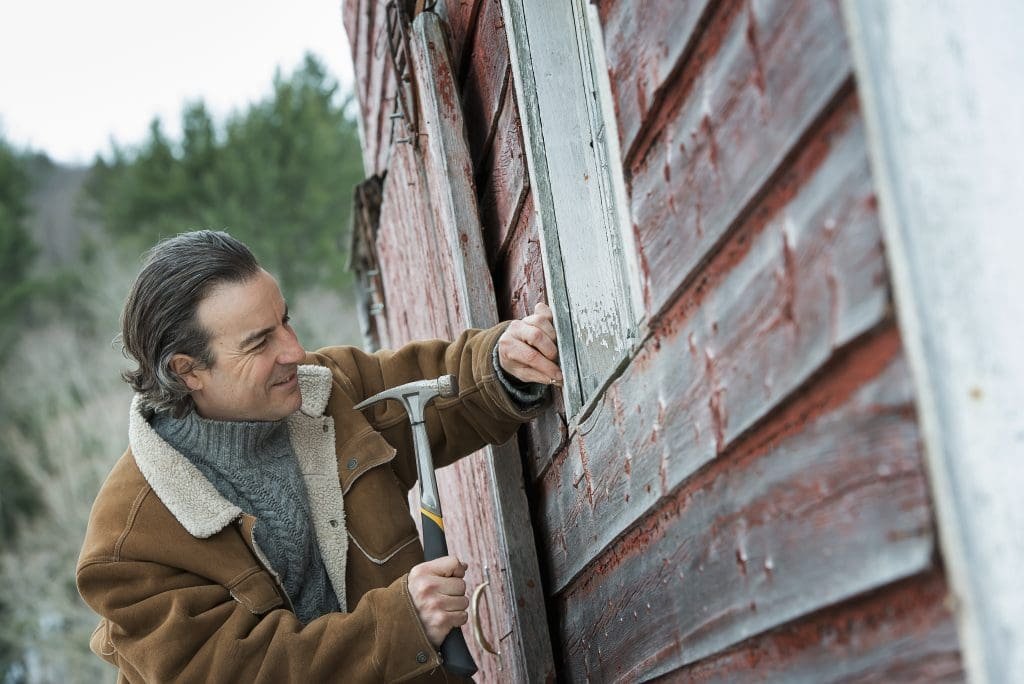Repairing your home siding can significantly enhance not only the aesthetic appearance of your home but also its structural integrity. Many homeowners embark on this undertaking with good intentions but often make critical mistakes that can lead to subpar results. In this article, we will explore the common pitfalls in home siding repair, understanding their implications and how to avoid them for a flawless finish.
Understanding the Importance of Proper Home Siding Repair
Before diving into the mistakes to avoid, it’s essential to grasp why proper siding repair is crucial for your home. Siding plays a vital role in protecting your home from the elements and maintaining its energy efficiency. Understanding its importance can help you appreciate the need for attention to detail during repairs.
The Role of Siding in Home Protection
Siding acts as your home’s first line of defense against weather conditions such as rain, snow, wind, and extreme temperatures. It shields your building’s interior from moisture, pests, and the harmful effects of UV rays. If the siding is compromised due to damage or poor repairs, it can lead to water infiltration, which can cause mold and rot.
Moreover, well-maintained siding prevents heat loss during colder months and keeps your home cooler in the summer, significantly contributing to energy efficiency. Therefore, ensuring your siding is properly repaired not only safeguards your home but also supports a greener environment through reduced energy consumption. Proper insulation behind the siding can further enhance these benefits, creating a thermal barrier that optimizes your home’s climate control and reduces reliance on heating and cooling systems.
Aesthetic Impact of Flawless Siding Repair
Beyond protection, siding is a key component of your home’s aesthetic appeal. Flawless siding repair ensures that the exterior of your house looks immaculate and coherent. This is particularly important if you’re planning to sell your home; potential buyers often assess the home’s overall condition, and well-maintained siding can make a favorable impression.
In addition, beautiful siding can enhance your home’s curb appeal, making it stand out in the neighborhood. In the age of social media, where curb appeal is often showcased online, homeowners are more inclined to invest in attractive and well-repaired siding. A variety of materials, colors, and textures available today allow homeowners to express their personal style while ensuring their house remains visually appealing. Furthermore, trends in siding design, such as the use of eco-friendly materials or innovative textures, can also increase the value of your property, making it an investment worth considering.
Additionally, the choice of siding can reflect the architectural style of your home, whether it’s a classic Victorian, a modern minimalist design, or a rustic farmhouse. Selecting the right siding not only enhances the home’s character but can also harmonize with the surrounding landscape, creating a cohesive look that resonates with the community. Regular maintenance and timely repairs can help preserve this aesthetic, ensuring that your home continues to be a source of pride for years to come.
Common Mistakes in DIY Home Siding Repair

While the allure of a DIY home siding repair project is strong, it’s essential to proceed with caution. Many homeowners unknowingly make mistakes that can compromise their efforts. Below are some of the most common missteps.
Choosing the Wrong Materials
One of the most significant mistakes in siding repair is selecting inappropriate materials. Homeowners often overlook the compatibility of siding materials with their home’s existing structure. Using mismatched materials can lead to accelerated wear and tear and unsightly appearances.
For example, if you live in a region prone to intense weather changes, it’s crucial to choose materials designed to withstand these conditions. Additionally, consider the color and finish; mismatched aesthetics can detract from your home’s overall look instead of enhancing it. Furthermore, different materials have varying lifespans and maintenance requirements. For instance, wood siding may require more frequent painting or staining compared to vinyl or fiber cement options, which can lead to unexpected costs and labor in the long run.
Ignoring the Weather Conditions
Weather can have a profound impact on your repair work. Many homeowners mistakenly schedule repairs during inclement weather, which can lead to poor adhesion of materials, improper curing of adhesives, or even physical hazards.
It is advisable to check the weather forecast and only plan repairs on calm, dry days. Extreme temperatures, whether hot or cold, can also affect how well materials settle and bond, leading to an unsatisfactory finish. Failing to consider weather factors can significantly compromise the quality of your repairs. Moreover, humidity levels can also play a role; high humidity can delay drying times for paints and sealants, while low humidity can cause materials to dry too quickly, resulting in cracks or peeling. Understanding the local climate and its effects on your repair materials is essential for a successful project.
Neglecting Proper Safety Measures
Safety is paramount when it comes to home repairs. Unfortunately, some amateur repairpersons neglect safety precautions. Using ladders improperly, failing to wear protective gear, or overlooking electrical hazards can quickly turn a DIY project into a dangerous situation.
Always ensure that you are equipped with the proper safety gear, such as gloves, goggles, and non-slip footwear. Assess your working environment before starting any project. If you’re uncertain about the safety of a task, it’s wise to consult a professional. Additionally, it’s important to be aware of your surroundings; for instance, check for overhead power lines when using ladders and ensure that your workspace is free from clutter to prevent tripping hazards. Taking the time to plan for safety can save you from potential injuries and ensure a smoother repair process.
The Consequences of Improper Siding Repair

The repercussions of an inadequate siding repair extend far beyond aesthetic concerns. Homeowners often do not realize that these seemingly minor mistakes can lead to significant consequences.
Decreased Home Value
Housing market dynamics dictate that homeowners should always be mindful of their property values. Poorly maintained or improperly repaired siding can lead to a notable decrease in your home’s market value.
Homebuyers typically avoid homes that require repair or renovation work. Therefore, neglecting proper siding maintenance not only affects your enjoyment of your home but also your investment value. It’s crucial to see siding repair as an investment in the long-term equity of your property.
Additionally, the visual appeal of your home plays a significant role in attracting potential buyers. If your siding is peeling, warped, or discolored due to improper repairs, it can create an uninviting first impression. This can lead to longer time on the market and potentially lower offers, as buyers may factor in the cost of necessary repairs when determining their purchasing price.
Increased Energy Costs
Improper siding repair can lead to decreased energy efficiency. Gaps or inadequate sealing in the siding can allow heat to escape during winter, while cool air can seep out during summer. This inefficiency results in increased energy bills as your heating and cooling systems work harder to maintain a comfortable temperature.
Ultimately, a poor siding repair job can cost significantly more than investing in professional or quality DIY work upfront, as it reflects in your monthly utility expenses.
Moreover, the impact of increased energy costs extends beyond just financial strain; it can also contribute to a larger carbon footprint. As energy consumption rises, so too does the demand for power generation, which often relies on fossil fuels. By ensuring proper siding repair, homeowners can not only save money but also contribute to a more sustainable environment by reducing energy waste.
Potential Structural Damage
Perhaps the most severe consequence of improper siding repair is the risk of structural damage. Issues such as rot or mold can silently progress behind the siding if water infiltration occurs. This damage often goes unnoticed until it requires extensive and costly repairs.
Moreover, structural damage can compromise the integrity of your home. Foundation issues, compromised beams, and weakened walls can stem from continued neglect of siding repairs. Therefore, addressing repairs with utmost care is essential to maintain the structural integrity of your home.
In addition to the immediate threats posed by rot and mold, there are also long-term implications for the safety and comfort of your living space. As structural integrity diminishes, you may experience issues such as uneven floors, creaking walls, or even pest infestations, as insects are drawn to compromised wood and materials. These problems can escalate quickly, leading to a cascade of repairs that could have been easily avoided with proper siding maintenance from the outset.
Tips to Avoid Common Home Siding Repair Mistakes

To mitigate the risks associated with siding repairs, here are several tips that can help you avoid common mistakes and achieve a flawless finish.
Importance of Proper Planning
Prioritize thorough planning before initiating any repair work. Understand the scope of the project, gather the necessary materials, and create a step-by-step approach. Create a timetable that allows you to work without rushing, considering multiple factors such as weather and availability of help.
Mapping out the project can also help prevent unnecessary interruptions and ensure that you remain focused on completing the work. Adequate preparation sets the stage for successful repairs and avoids common pitfalls. Additionally, consider documenting your plan with sketches or notes, which can serve as a visual guide throughout the process. This not only keeps you organized but also allows you to track your progress and make adjustments as needed.
Selecting the Right Tools and Materials
Investing in high-quality tools and materials is non-negotiable for effective siding repairs. Research different brands and types of siding materials to ensure compatibility and durability. Consult with professionals or home improvement stores if you have questions about the best products for your specific requirements.
Additionally, ensure that you have the right tools on hand, such as nail guns, levels, and safety gear, to make your repair work efficient and safe. Proper selection leads to improving the quality of your repairs significantly. Don’t forget to consider the environmental impact of your materials as well; opting for eco-friendly siding options can enhance your home’s sustainability while still providing the durability you need. Furthermore, investing in tools that are ergonomically designed can reduce fatigue and improve your overall efficiency during the repair process.
When to Call a Professional
Sometimes, the best course of action is to recognize when you need professional help. If a project feels overwhelming, complicated, or beyond your skill set, don’t hesitate to reach out to a qualified siding contractor. They have the expertise and tools to ensure repairs are done correctly and efficiently.
Investing in professional services can save you time, money, and the frustration of dealing with the aftermath of harmfully executed repairs. Ultimately, knowing your limits can lead to a beautifully repaired home and peace of mind. Moreover, professionals often have access to materials and techniques that may not be readily available to the average homeowner, allowing for a more durable and aesthetically pleasing finish. Engaging with a contractor can also provide you with valuable insights and recommendations for future maintenance, ensuring your siding remains in top condition for years to come.





